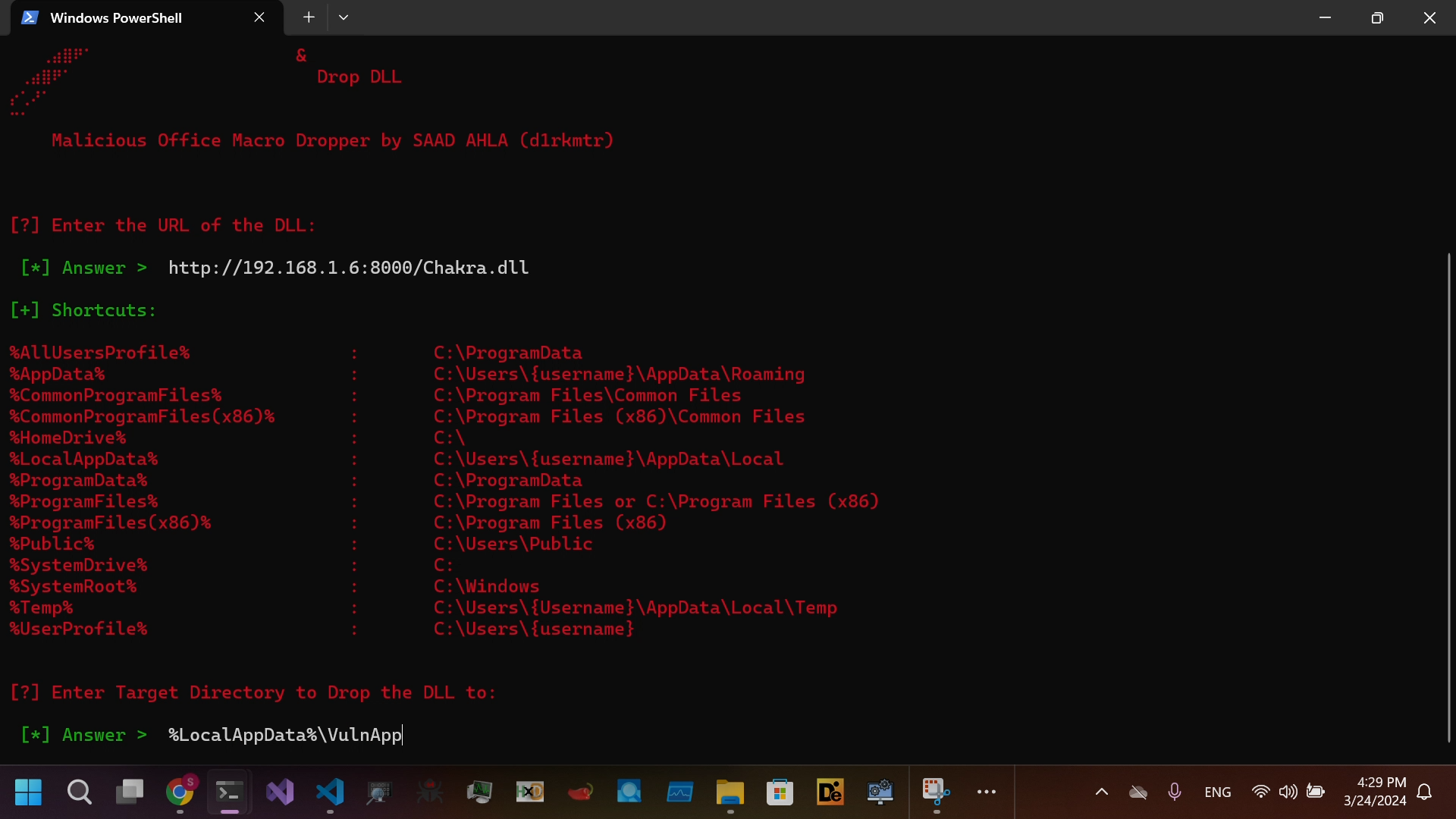Introduction
In the world of cybersecurity, vulnerability refers to weaknesses or flaws in systems that can be exploited by malicious actors to gain unauthorized access or cause harm. While vulnerabilities can exist in various contexts, there are situations where the presence of differential vulnerability becomes a significant factor. This article explores examples of such situations and their implications for security.
Understanding Differential Vulnerability
Differential vulnerability occurs when different entities or systems have varying levels of vulnerability. It arises from differences in factors such as security measures, software versions, patching practices, or hardware configurations. These disparities can create opportunities for attackers to exploit the less secure entities as a means to compromise more secure ones.
Scenario: IoT Devices and Home Security
Consider a scenario where a homeowner has a smart home system connected to multiple IoT (Internet of Things) devices. The devices include smart locks, security cameras, and a central control hub. However, due to budget constraints or lack of awareness, the homeowner may not have implemented robust security practices across all devices. For instance, some devices might be running outdated firmware or have weak default passwords.
In this case, a differential vulnerability exists within the homeowner’s smart home system. If an attacker identifies and exploits the vulnerability in a less secure IoT device, they may gain unauthorized access to the entire system, compromising the home’s security. The differential vulnerability in this scenario highlights the importance of securing all IoT devices within a network.
Scenario: Software Patching in Different Organizations
Organizations vary in their approaches to software patching. Some may have dedicated IT teams that promptly apply security patches, while others may struggle with patch management due to resource constraints or lack of awareness. This discrepancy in patching practices introduces a differential vulnerability.
Suppose a software vulnerability becomes publicly known, and patches are released to address the issue. If one organization promptly applies the patch, closing the vulnerability, while another organization delays or fails to apply the patch, it creates a differential vulnerability. Attackers can target the organization with the unpatched software, exploiting the vulnerability to gain unauthorized access or disrupt operations.
Scenario: Legacy Systems and Modern Cyber Threats
Legacy systems, characterized by outdated hardware or software, often pose a challenge in terms of cybersecurity. These systems may have vulnerabilities that are well-known and exploitable by attackers. In contrast, modern systems have the advantage of incorporating the latest security measures.
Suppose an organization operates both legacy and modern systems within its network. The differential vulnerability arises from the disparity in security capabilities between these systems. Attackers may focus on exploiting vulnerabilities in the legacy systems, knowing that they are more susceptible to cyber threats compared to the modern systems. Once they gain access to the legacy systems, they can potentially pivot to compromise the entire network.
Differential Vulnerability in Industrial Control Systems
Industrial control systems (ICS) are used in critical infrastructures such as power plants, water treatment facilities, and transportation networks. These systems often integrate legacy components, making them susceptible to differential vulnerabilities.
For instance, if a power plant’s control system includes a legacy component with known vulnerabilities, attackers can exploit that component to gain control over critical infrastructure. The differential vulnerability arises due to the presence of the vulnerable legacy system within an otherwise robust control system. Protecting and securing ICS from such vulnerabilities is of utmost importance to ensure the reliability and safety of critical infrastructure.
Conclusion
Differential vulnerability can significantly impact the security of various systems and entities. Whether it’s the differential vulnerability present in IoT devices, the discrepancy in software patching practices, the challenges posed by legacy systems, or the vulnerabilities within industrial control systems, understanding and addressing these vulnerabilities is crucial.
By recognizing and addressing differential vulnerabilities, organizations and individuals can enhance their overall security posture. It requires proactive measures such as regular software updates, patch management, and a holistic approach to security across all interconnected systems.
FAQs (Frequently Asked Questions)
Q1: How can organizations mitigate differential vulnerabilities?
A1: Organizations can mitigate differential vulnerabilities by implementing consistent security measures across all systems, conducting regular patching and updates, and prioritizing cybersecurity awareness and training.
Q2: Are differential vulnerabilities limited to digital systems?
A2: No, differential vulnerabilities can also exist in physical systems. For example, differences in building security measures or access control mechanisms can create disparities in vulnerability levels.
Q3: What are the potential consequences of differential vulnerabilities?
A3: The consequences can range from unauthorized access to systems, data breaches, operational disruptions, to compromises of critical infrastructure, depending on the context and severity of the vulnerability.
Q4: How can individuals protect themselves from differential vulnerabilities?
A4: Individuals can protect themselves by keeping their devices and software up to date, using strong passwords, being cautious of suspicious emails or websites, and practicing cybersecurity hygiene.
Q5: Are there any ongoing efforts to address differential vulnerabilities?
A5: Yes, cybersecurity professionals, researchers, and organizations continually work to identify and mitigate vulnerabilities through vulnerability disclosure programs, responsible disclosure practices, and collaboration within the cybersecurity community.




What do you think?
Show comments / Leave a comment